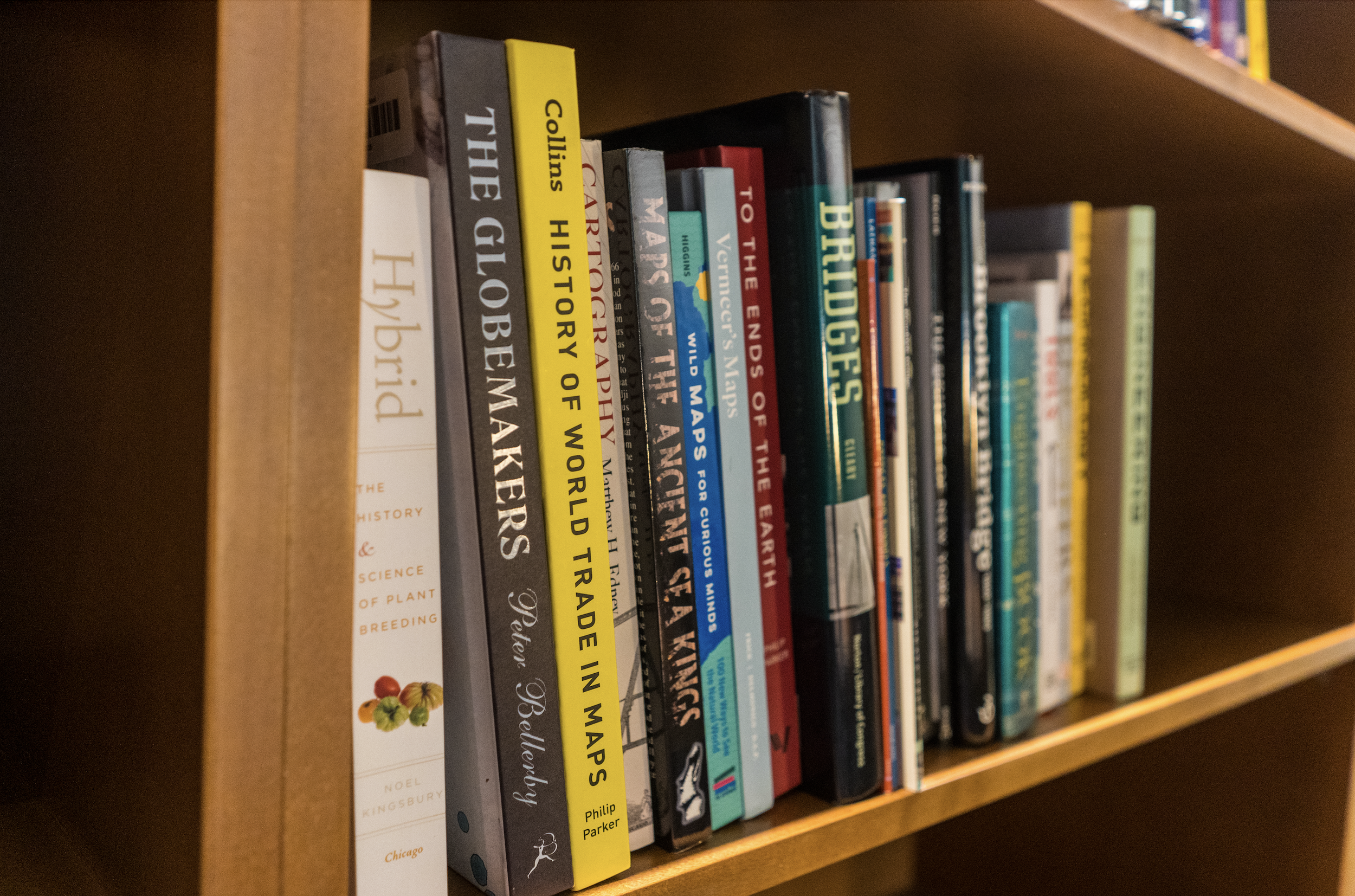
Upper School Blog
Creating a Brand New Library
By Corey Bennett, Upper School Coordinator
On September 3rd, we welcomed the first students into the newly built Slate Upper School. The opening of the Upper School allowed us fresh opportunity to organize our library in the most student-centered way that we could. Rather than defaulting to the Dewey Decimal system, we explored alternate options and researched how other libraries have approached categorization. Bookstores often use Book Industry Standards and Communications (BISAC) categories, which are revered for promoting the discovery of books by subject. One Wisconsin Public Library experienced an 11% increase in book circulation within six months of genrefying their collection (Ambrosius, 2012). With the goal of making our Upper School library as easy and enjoyable to use, while also increasing the chance of our learners discovering a new, unexpected book, we decided to genrefy the Upper School collection.
A significant portion of the initial Upper School library collection was generously donated to Slate School. Donors from all over the world continue answering our call for books through our Amazon Book Wish List. All of our requested books were carefully curated in a variety of ways. Books were chosen that align with the upcoming student studies, as well as books related to common subjects highlighted within middle and high school curriculums. Additionally, the entire process was guided by Slate School’s core values of cooperation, empathy, integrity, kindness, respect, and responsibility.
Librarians are curators who hold a tremendous amount of power in selecting the books to include within a collection. At Slate School, we are cognizant of the power we hold and strive to use that power to best support and honor our learners.
On a sunny August morning, we began categorizing the collection of Upper School’s books. Our initial pass focused on placing books into categories when a clear fit was immediately apparent. However, so many of Slate School’s unique and interdisciplinary books required more thoughtful consideration. For instance, we found a number of information books exploring historical knowledge through a specific lens, such as milk or fabric. After much consideration, we assigned these interdisciplinary books with a primary category of History/Social History. We even established a sub-subcategory for books exploring history through books: History/Social History/Books!
With the majority of the current Upper School book collection categorized, a few books remained in small piles, as no existing BISAC category offered an acceptable match. Instead of forcing these books into pre-existing categories, we decided to create our own! For example, we developed the Innovation category for books related to the process of thinking about innovation, rather than solely inventions themselves. Our Information Graphics category was inspired by similar classifications at Yale University’s Sterling Memorial Library. The blend of old and new categories allows us to prioritize the needs of Slate School’s students as we organize the collection.
We view library genrefication as an evolving process. As we prepare spine labels for our growing book collection, we look forward to learning from our students as they use the library. New categories or subcategories may emerge, and category placements may shift. However, the one constant will always be our focus on meeting the individual and collective needs of our learners. We are excited to share more about our library genrefication journey as our collection continues to grow and evolve.
Join our community of book donors for the Slate Upper School Library by purchasing a book from our Book Wish List. Each donation is commemorated with a personalized bookplate, honoring your contribution.
References
Ambrosius, A. (2012, January 5). Libraries Rethinking the Dewey Decimal System. Patch.
